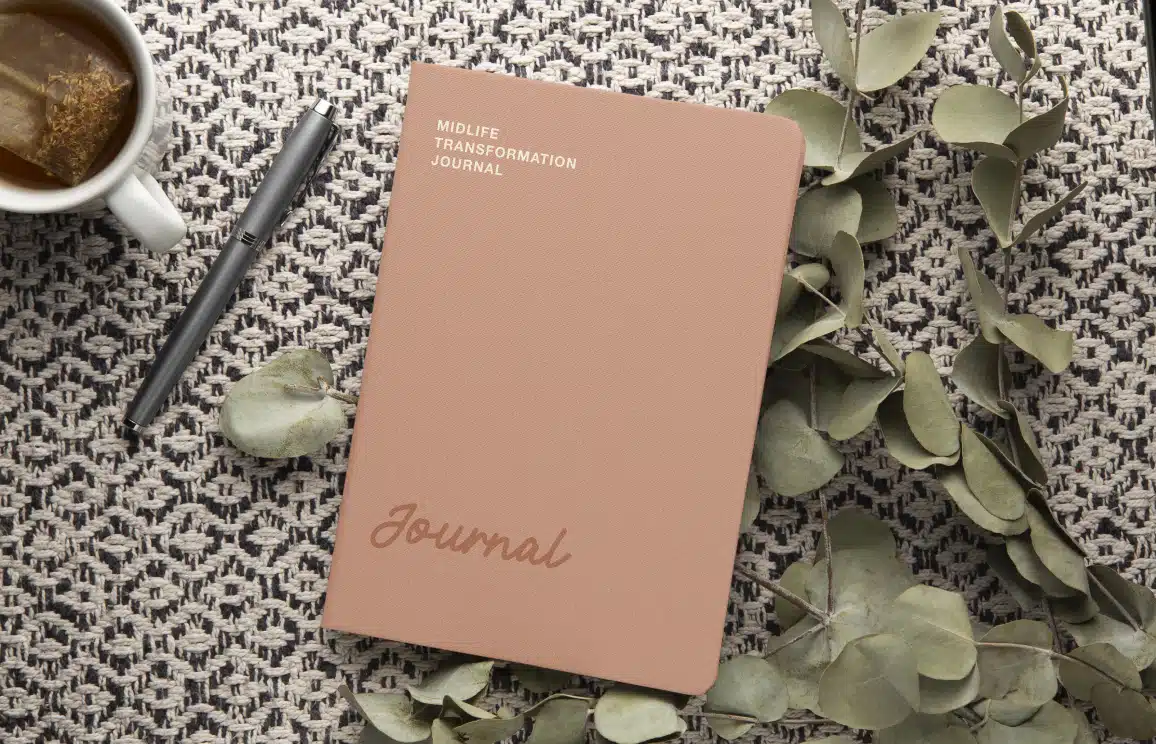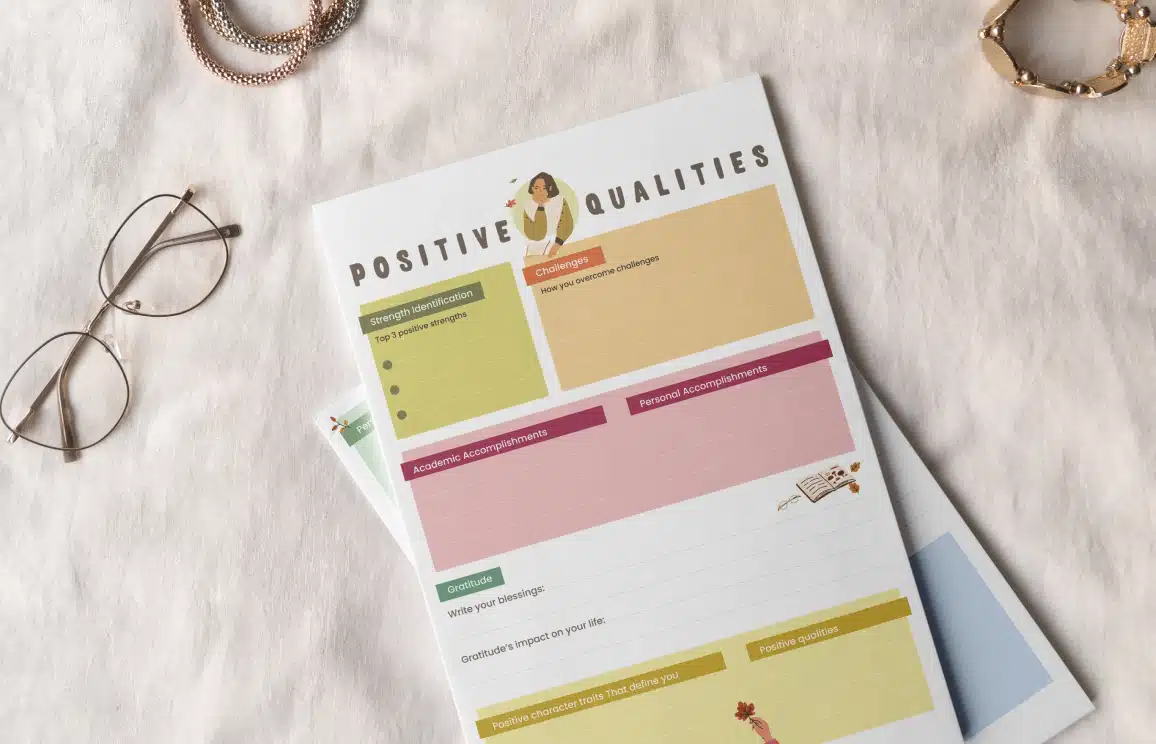Finding the Right Professional Wellness Workbook Designer: A Step-by-Step Guide
Whether you’re a life coach, a nutritionist, or a wellness influencer, designing a workbook that resonates with your audience can significantly enhance their journey toward better health and personal development. But with so many options out there, how do you choose the right Professional Wellness Workbook Designer for your project? Below is a step-by-step guide to help you make a confident, informed decision.
1. Define Your Wellness Goals and Audience
Before searching for a designer, clarify what you want your workbook to accomplish and whom it will serve. Ask yourself:
- What is the main focus? (e.g., mindfulness, fitness, or mental well-being)
- Who is my target audience? (e.g., beginners, advanced learners, corporate wellness programs)
- What outcomes do I want them to achieve? (e.g., reduced stress, improved eating habits, increased self-awareness)
Why It Matters:
A clear understanding of your content and audience helps you communicate your vision to a Professional Wellness Workbook Designer and ensures they can customize the design to fit your exact objectives.
2. Research and Shortlist Potential Designers
Start by compiling a list of designers or agencies that specialize in wellness workbooks. Check online portfolios, social media pages, or reviews to get a sense of each designer’s style and experience.
What to Look For:
- Relevant Portfolio Samples: Seek evidence of work related to wellness, coaching, or healthcare.
- Design Aesthetics: Does their style align with the tone you want—calming, energetic, or motivational?
- Technical Capabilities: Look for fillable PDFs, interactive elements, and other user-friendly features if you plan to offer a digital version.
3. Evaluate Their Understanding of Wellness Principles
Designing a workbook for wellness isn’t the same as creating a general worksheet. Look for a Professional Wellness Workbook Designer who demonstrates an understanding of holistic health concepts, empathy, and the importance of mindful design choices—such as using soothing color palettes and intuitive layouts.
Questions to Ask:
- Do they have experience working with wellness professionals?
- Are they familiar with any specific frameworks (e.g., mindfulness-based stress reduction, habit-building exercises)?
- Do they have testimonials from previous wellness-related projects?
4. Discuss Communication and Collaboration Style
Good communication is essential for a successful design project. Schedule a call or video chat to gauge how comfortable you feel expressing your ideas and whether they’re receptive to your feedback.
Key Points to Cover:
- Preferred Communication Channels: Email, phone, or project management tools like Trello or Asana.
- Meeting Frequency: How often will you check in for updates and revisions?
- Revision Process: How many revision rounds are included, and what does the timeline look like?
5. Ask About Their Design Process and Timeline
Every Professional Wellness Workbook Designer will have a unique process, but make sure you’re clear on the typical project roadmap. Generally, it involves:
- Discovery & Research: Gathering your goals, audience info, and key content.
- Initial Concepts & Mockups: Proposing page layouts, color palettes, and typography.
- Feedback & Revision Rounds: Tweaking designs until they align with your vision.
- Finalization & Delivery: Providing print-ready files, interactive PDFs, or other requested formats.
Why It Matters:
Understanding the step-by-step approach helps you plan your own schedule and ensure the project meets any deadlines (e.g., a product launch, course rollout).
6. Consider Quality vs. Budget
While it’s natural to keep costs in check, remember that a workbook is a direct reflection of your brand and expertise. A higher investment in professional design can yield a more polished, engaging product that users value and are willing to recommend.
Tips for Evaluating Pricing:
- Compare Quotes: Look at what’s included (number of pages, revision rounds, additional services like editing or branding).
- Assess Long-Term Value: A well-designed workbook can be repurposed, updated, or scaled for future offerings.
- Avoid Rock-Bottom Rates: Extremely low prices might mean cut corners or limited design expertise.
7. Request References or Testimonials
Nothing beats hearing firsthand from previous clients. Ask for references or read through available testimonials about the designer’s ability to meet deadlines, incorporate feedback, and produce high-quality results.
What You’ll Learn:
- Work Ethic: Did they deliver on time and within budget?
- Communication Skills: Were they responsive and proactive?
- Overall Client Satisfaction: Did the final workbook meet or exceed expectations?
8. Finalize the Partnership
After thorough research, comparing proposals, and having open discussions, you’ll be in a good position to choose the Professional Wellness Workbook Designer who best aligns with your vision. Make sure to:
- Review Contracts: Look for clear terms about project scope, timeline, payment structure, and ownership of the final design files.
- Set Milestones: Establish key dates for deliverables, feedback sessions, and final approvals.
- Stay Involved: Your input is crucial to shaping a workbook that truly resonates with your audience.

Why It Pays to Choose Carefully
By investing time in finding the right Professional Wellness Workbook Designer, you’re setting up your workbook for success. A well-crafted design boosts credibility, fosters trust with your audience, and makes your content more engaging and enjoyable to use.
Remember: This isn’t just a transactional relationship—it’s a creative collaboration that can take your wellness offerings to the next level. When you partner with a designer who shares your vision and values, the end result is a workbook that not only looks great but also genuinely supports the well-being of those who use it.
A purposeful design process is key to creating an impactful wellness workbook. By following these steps—defining your goals, researching portfolios, assessing communication style, and balancing budget with quality—you’ll be well on your way to finding a Professional Wellness Workbook Designer who can bring your project to life. Good luck on your journey toward creating a resource that inspires real change in your audience’s well-being.

